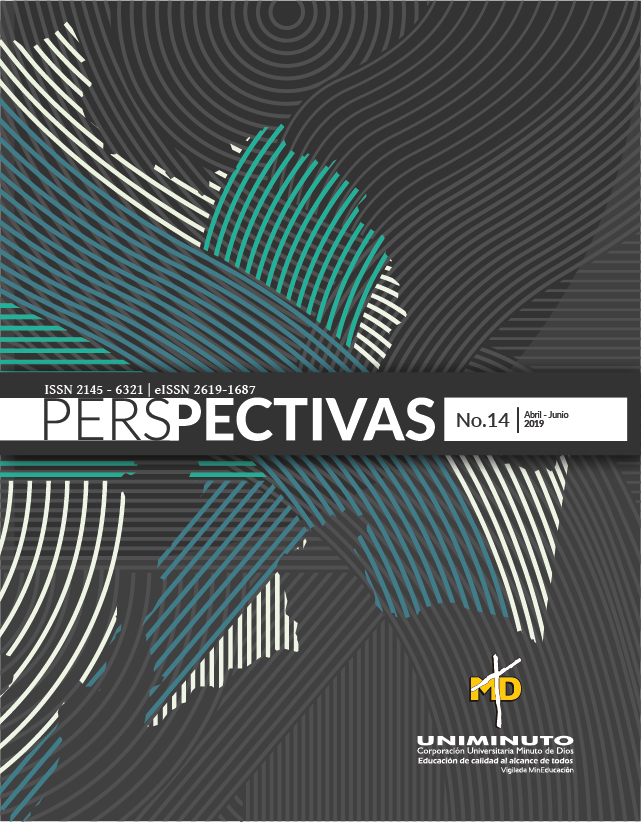Casos de mujeres emprendedoras en Ecuador
Contenido principal del artículo
Resumen
El artículo que se presenta es uno de los resultados de una investigación cuyo objetivo es determinar los principales beneficios, retos y obstáculos del emprendimiento de mujeres, en el marco del Buen Vivir (Sumak kawsay) en Ecuador, considerando especialmente a grupos vulnerables, en este caso grupos de mujeres de la Amazonía ecuatoriana, en contraste con los cambios en las políticas gubernamentales fijados en la Constitución del Ecuador vigente desde el año 2008, misma que se complementa con los Planes de Desarrollo Nacional denominados para el Buen Vivir. La investigación analiza los alcances de la mujer en materia de emprendimiento en nuestro país y analiza los más importantes retos y obstáculos, así como los beneficios de las emprendedoras en el marco del Buen Vivir. Para este estudio se utilizó la metodología de la investigación exploratoria de carácter cualitativo al tomar una muestra de dos empresas lideradas por emprendedoras, a través de la utilización de varios instrumentos se determinaron los principales aportes de la mujer en su comunidad donde se observan mejoras en su desarrollo.
Detalles del artículo
Sección
Cómo citar
Referencias
Global Entrepreneurship Monitor . (2015). Global Entrepreneurship Monitor Ecuador. Guayaquil: Offset Abad.
Lassio, V. (2015). Emprendedoras. Escuela Politécnica del Litorial, Graduate School of Management, Guayaquil.
Instituto Nacional de Estadísticas y Censos INEC. (2011). Censo de Población Indígena del Ecuador. Ecuador.
Ministerio de Educación del Ecuador. (2009). Diccionario castellano - kichwa, kichwa - castellano. Quito: Ministerio de Educación del Ecuador.
X. A. (2009). Suma Qamaña = El Buen Vivir. Revista Obets, 4, 25-40.
Secretaría Nacional del Buen Vivir. (2014). Sumak Kawsay. Quito: Buen Vivir Documents.
Kelley, Brush, Greene, Herrington, Ali, & Kew. (2012). Special Report Women's Entrepreneurship. Global Entrepreneurship Monitor.
Ahl. (Septiembre de 2006). Why research on women entrepreneurs needs new directions. ET & P, 595.
Tortosa. (2011). Mal desarrollo y mal vivir. Pobreza y violencia a escala mundial. Polis, Revista de la Universidad Bolivariana.
Oviedo. (2014). Bifurcaciones del Buen Vivir y el Sumak Kawsay. Sumaj Quito.
Hugehs, Jennings, Brush, Carter, & Welter. (Mayo de 2012). Extending Women's Entrepreneurship Research in new directions. Entrepreneurship Theory and Practice, 429 - 442.
Bartesaghi, De Souza, Lassio, Varela, Veiga, Kew, & Herrington. (2015). GEM América Latina y el Caribe. Global Entrepreneurship Monitor.
Organización para la Cooperación y el Desarrollo Económico (OCDE), Gender Equality in Education, Employment and Entrepreneurship: Final Report to the MCM 2012. http://www.oecd.org/employment/50423364.pdf. p. 17. Véase también, Klasen, S. y Lamanna, F. (2009), “The impact of gender inequality in education and employment on economic growth: New evidence for a panel of countries”, Feminist Economics, 15: 3, pp. 91-132 (según lo extraído de ONU Mujeres, El Progreso de las Mujeres en el Mundo, Capítulo 4, p.8, de próxima aparición).
El Banco Mundial, 2012, Informe sobre el Desarrollo Mundial: Igualdad de Género y Desarrollo, p. 5.
OCDE, Gender Equality in Education, Employment and Entrepreneurship: Final Report to the MCM 2012. http://www.oecd.org/employment/50423364.pdf p. 3.
OECD, Gender Equality in Education, Employment and Entrepreneurship: Final Report to the MCM 2012. http://www.oecd.org/employment/50423364.pdf. p. 19.
ONU Mujeres, El Progreso de las Mujeres en el Mundo. Capítulo 2, p.1, de próxima aparición en abril de 2015.
FAO, 2014 State of Food and Agriculture. http://www.fao.org/3/a-i4040e.pdf . p. 35.
Organización para la Alimentación y la Agricultura, The State of Food and Agriculture 2011: Women and Agriculture, Closing the Gender Gap for Development. Obsérvese que si bien los datos mundiales son limitados, existe información empírica que respalda estas enunciaciones.
Banco Mundial, Informe sobre Desarrollo Mundial, 2012, p. 3.
Organización Mundial de la Salud y Fondo de las Naciones Unidas para la Infancia, 2014, “Update: Progress on Sanitation and Drinking Water“, p. 8–9. http://whqlibdoc.who.int/publications/2010/9789241563956_eng_full_text.pdf?ua=1

